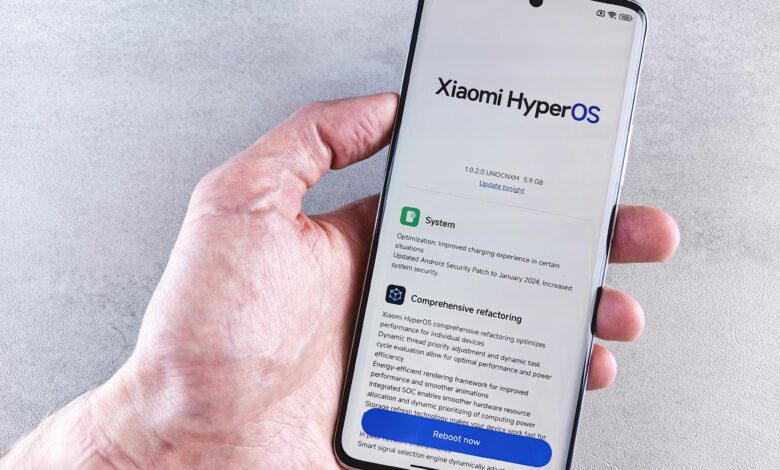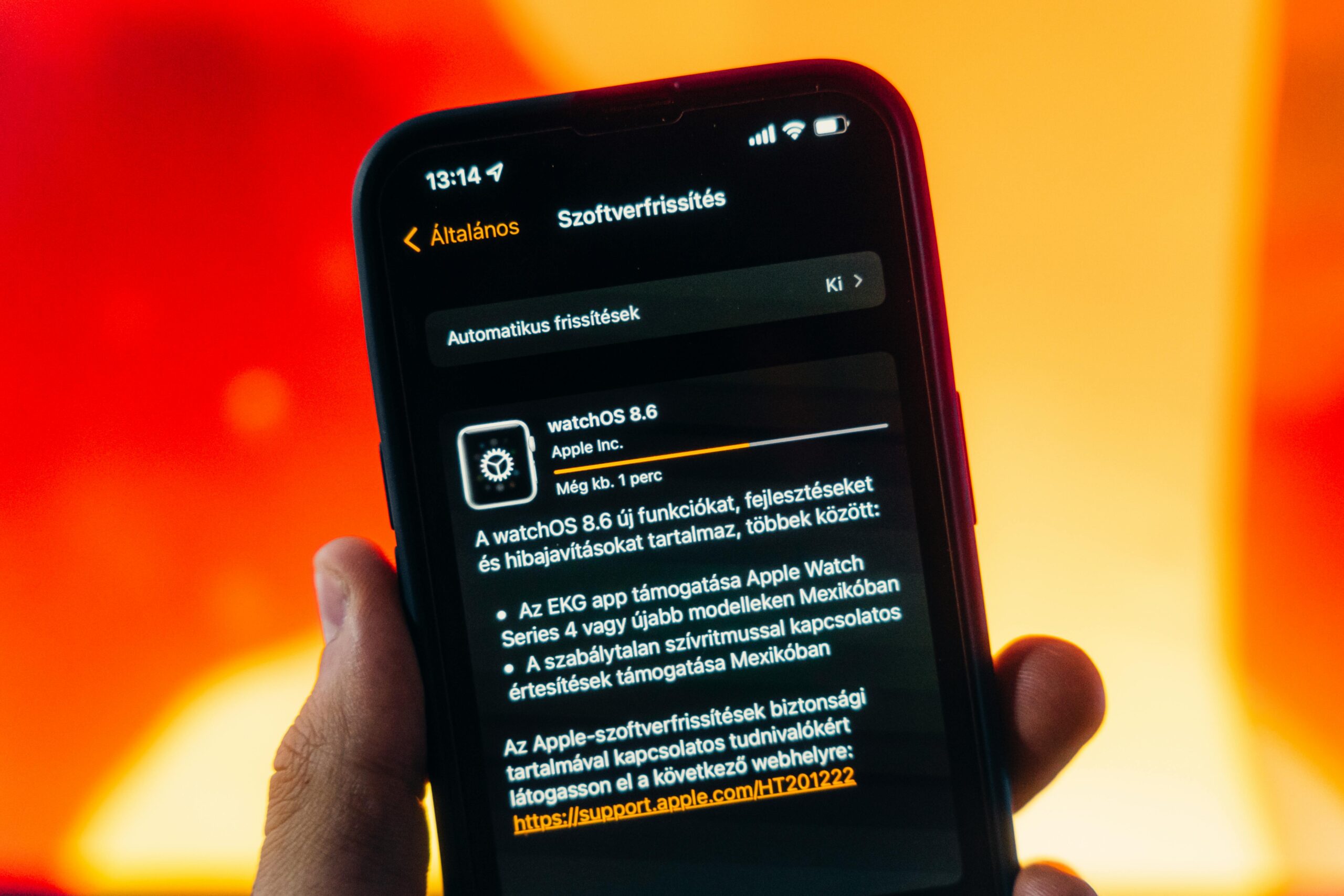Understanding App Permissions and Mobile Security

Introduction to Mobile Security Risks
In our increasingly digital world, mobile security has become paramount for protecting personal data and maintaining privacy. Many users encounter confusing technical elements like “content://cz.mobilesoft.appblock.fileprovider/cache/blank.html” without fully understanding their implications. These strings often relate to app permissions and file access protocols that, while technical in nature, directly impact your device’s security. This comprehensive guide will explore mobile security fundamentals, explain common technical references, discuss permission management best practices, and answer frequently asked questions. By understanding these concepts, you’ll be better equipped to navigate your device’s security settings and protect your digital information from potential vulnerabilities.
Decoding Technical File Paths and URIs
When examining app behaviors or troubleshooting issues, you may encounter complex strings like “content://cz.mobilesoft.appblock.fileprovider/cache/blank.html.” These Uniform Resource Identifiers (URIs) represent specific file access protocols within Android’s security framework. The “content://” portion indicates a content provider URI, which apps use to securely share data between applications. The subsequent segments identify the specific app (cz.mobilesoft.appblock) and its file provider component, accessing a cached blank HTML file. While these technical references may seem obscure, they actually demonstrate the operating system’s security measures in action, creating controlled pathways for data access rather than allowing unfettered file system entry.
Understanding Android’s Permission System
Modern mobile operating systems employ sophisticated permission architectures to protect user data. Android’s security model revolves around sandboxing applications and requiring explicit user approval for sensitive operations. When you install an app, it declares needed permissions that fall into two main categories: normal (automatically granted) and dangerous (requires user approval). The file provider system referenced in technical URIs represents a middle ground – it allows apps to share files while maintaining security boundaries. For instance, a document editing app might use this system to access files from cloud storage without needing full device storage permissions. Understanding these layers helps explain why you might see specific technical references during normal device operation.
Common Mobile Security Threats to Recognize
Despite built-in protections, several security risks remain prevalent in mobile ecosystems. Malicious apps may attempt to exploit permission systems by requesting unnecessary access to contacts, location, or storage. Some threats involve permission escalation, where seemingly harmless permissions combine to create security vulnerabilities. Fake update prompts and phishing attempts often trick users into compromising their devices. Unsecured public WiFi networks create opportunities for data interception. Even legitimate apps sometimes over-collect data through excessive permission requests. The technical strings you encounter could potentially indicate background processes related to these activities, making it valuable to understand what constitutes normal system behavior versus potential red flags.
Best Practices for Managing App Permissions
Proactively managing app permissions significantly enhances your mobile security. Regularly review permissions in your device settings, revoking unnecessary access. Pay special attention to permissions involving contacts, camera, microphone, and location data. Install apps only from official stores after checking reviews and developer reputations. Keep your operating system and apps updated to ensure you have the latest security patches. For advanced users, consider using permission management tools or privacy-focused ROMs. When you encounter technical elements like file provider URIs, research the associated app to understand its legitimate functions. Implementing these practices creates multiple layers of defense against potential security breaches while maintaining device functionality.

Troubleshooting Suspicious App Behavior
When you notice unusual device behavior or encounter unfamiliar technical references, systematic troubleshooting can identify potential issues. Monitor battery usage statistics for apps consuming excessive resources. Check running services in developer options to identify background processes. Use security scanners from reputable providers to detect malware. For persistent concerns, booting in safe mode can help determine if problems stem from third-party apps. The technical URIs you might see could indicate normal app operations or potentially suspicious activities – the context matters greatly. Documenting when and where these references appear helps distinguish between legitimate functions and possible security concerns requiring further investigation.
Frequently Asked Questions About Mobile Security
1. What does “content://” mean in Android file paths?
This prefix indicates a content provider URI, Android’s secure method for apps to share data without direct file system access, part of the operating system’s security architecture.
2. Should I be concerned about appblock fileprovider references?
References to known apps like AppBlock’s fileprovider typically represent normal operations, but always verify the legitimacy of unfamiliar app components showing such behavior.
3. How often should I review my app permissions?
Security experts recommend auditing your app permissions at least quarterly, or whenever you install/update applications with sensitive data access.
4. Can file provider URIs indicate malware activity?
While the URI system itself is legitimate, malware could potentially abuse it. Unusual network activity accompanying these references warrants investigation.
5. What’s the safest way to handle app permission requests?
Adopt a minimal permission approach – only grant what’s absolutely necessary for core functionality and research why an app requests each permission.
Conclusion: Empowering Your Mobile Security Knowledge
Understanding technical elements like “content://cz.mobilesoft.appblock.fileprovider/cache/blank.html” represents more than just deciphering obscure references – it’s about gaining insight into your device’s security architecture. By learning how permission systems work, recognizing potential threats, and implementing proactive security practices, you transform from a passive user to an informed guardian of your digital privacy. Remember that mobile security isn’t about eliminating all technical processes, but rather understanding which ones serve legitimate functions and which might indicate concerns. As you continue exploring your device’s security settings and behaviors, you’ll develop the confidence to distinguish between normal operations and genuine red flags. For further learning, consult your device manufacturer’s security resources or trusted mobile security publications to stay current with evolving best practices.



